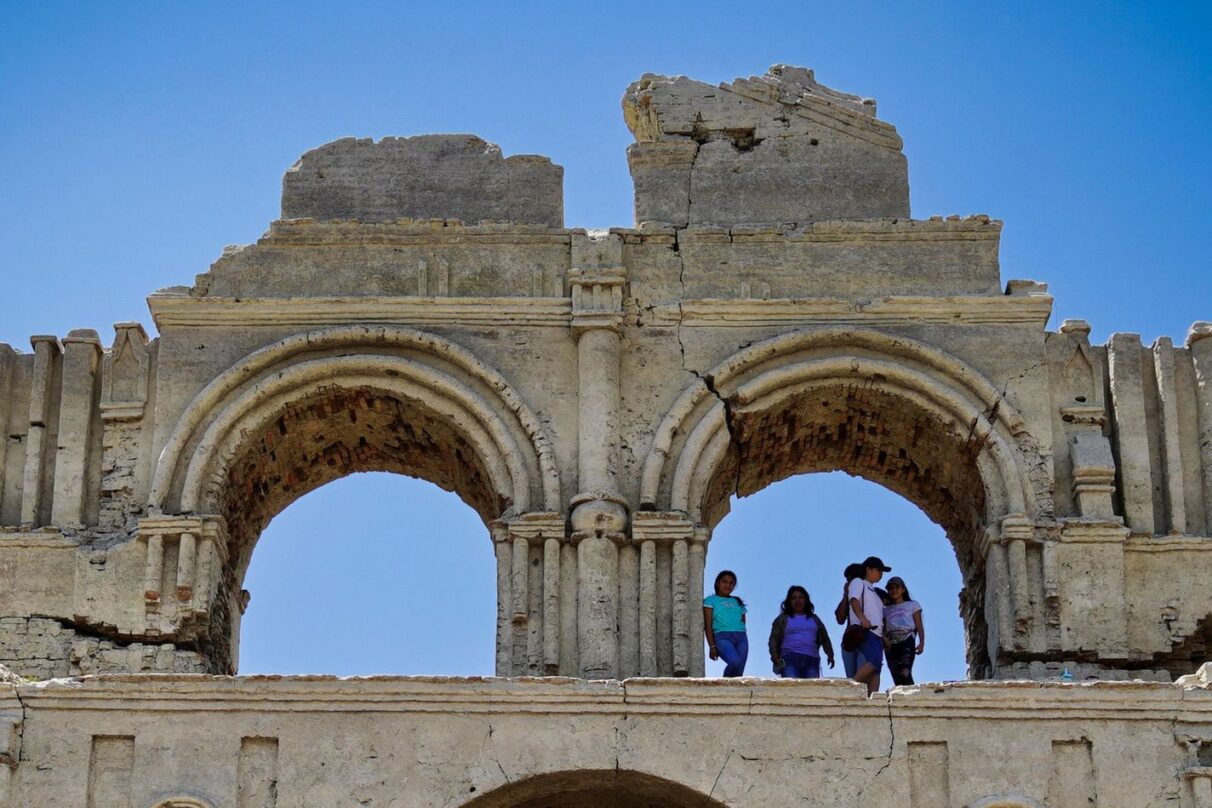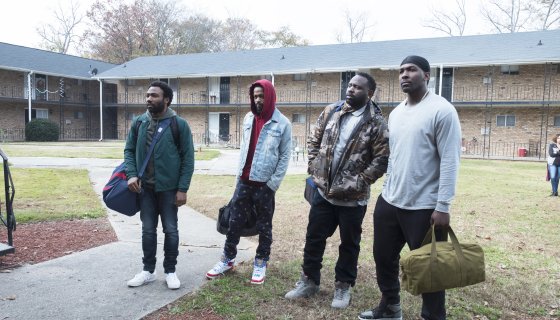
16-Century Church in Mexico Emerges from Bottom of Reservoir After Drought
A church in Mexico that has been almost entirely submerged in water for over half a century is now fully visible because of droughts and heat waves in the region.
The 16th-century Roman Catholic church, known as the Temple of Quechula, is located in the southern Mexican state of Chiapas. It was constructed by members of the Dominican Order when it was under the rule of Spanish colonialists. It’s been underwater, at varying levels, since 1966 after a dam was built on the nearby Grijalva River.
Tourists are now visiting the church on foot and by vehicle whereas before it could only be reached by boat. While tourists seem to be excited that they can now walk the ruins of the church with ease, fishermen in the area are worried because the water has dried up.
“The temperature is very high,” local fisherman Miguel Garcia Aguilar told CNN. “So, what it does is kill the fish. The fish can’t resist, so that’s why we’re having a lot of losses.”
Another fisherman, Darinel Gutiérrez, told the French press (AFP), that about five months ago, “the water began to drop too much, and it has already gone beyond normal. What do I support my family with? Right now, I have nothing.”
Eight people have died in Mexico because of the extreme heat.
The news about this church in Mexico is reminiscent of a church in Spain that reappeared in April after being submerged since the 1960s. Another church was found in a similar way this year in Germany.



